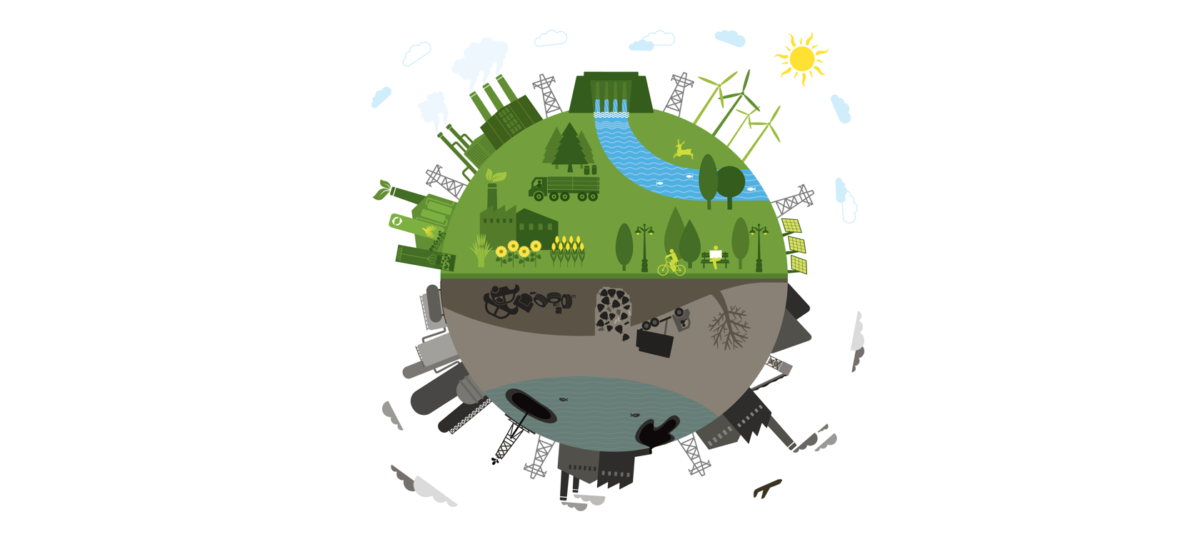Did I just put use a picture of Trump to get more views? Maybe, but let’s not focus on that.
You’ll all probably heard Trump’s bold statements about global warming. Don’t know what I’m talking about, let’s take a look at one of his famous (of course) Tweets: “Ice storm rolls from Texas to Tennessee – I’m in Los Angeles and it’s freezing. Global warming is a total, and very expensive, hoax!” (Donald Trump 2013) .
However, he might have changed his mind about this as he just invested 62 million dollar in Concentrated Solar projects (James Temple 2017). Like me, you might not have the slightest idea what concentrated solar is about, so let’s start at the beginning.
Maybe I make a bold assumption here but I’m going to assume that you guys don’t think that global warming is just a faux invented by the Chinese. Please leave a comment if you think otherwise!
As we’re already seeing the effects of global warming it is important that we don’t aggravate it. That’s where Renewable Energy, identified by McKinsey as one of the twelve disrupting technologies, comes into place. McKinsey defines Renewable Energy as: Generation of electricity from renewable sources with reduced harmful climate impact.

Well, where you might not have heard from concentrated solar, you might have heard from photovoltaic power plants. A photovoltaic power plant can be seen in the right.
However, a significant drawback of this technology is that it only works when the sun is out. Just as that windmills only work when there’s wind.
Concentrated solar solves just that problem. A concentrated solar power plant uses thousands of mirrors to concentrate the sun’s energy and heat water to produce steam and generate electricity. As it is coupled with energy storage systems, such as heated molten-salt tanks, it can provide power even when the sun’s not shining (Richard Martin 2016).
To quote Trump again: “Eventually we’re going to get something done and it’s going to be really, really good.” Yes, it is out of context, but he might just have made the first step regarding global warming.


